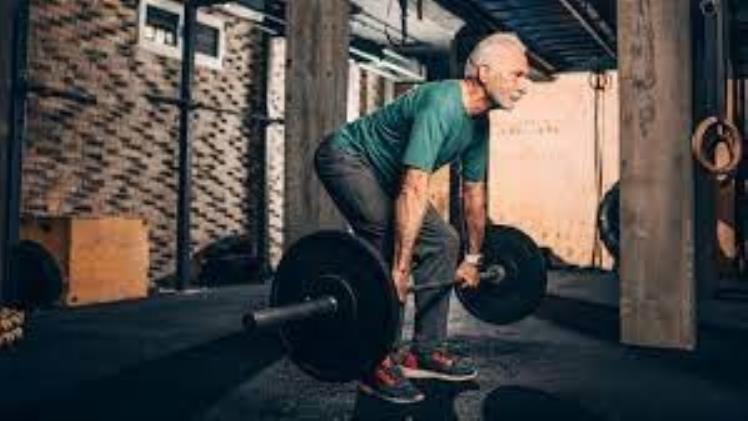Power Training for Older Adults

Power training is an integral component of most athletic-focused strength and conditioning programs. However, it also makes a great addition to other training regimens that target developing muscle and strength or improving functional movement for older adults.
Power is the capacity of an individual to produce a certain amount of force or velocity over a sustained period. This can either be continuous (continuous repetitions) or acyclic (one repetition at a time). Athletes especially benefit from strengthening their muscles to generate more power during workouts, as this type of training improves performance across various movements.
Muscle strength and speed are closely related, meaning that increasing muscular power can enhance the rate at which you can apply it. This phenomenon is called potentiation, which amplifies nerve impulses along previously used pathways.
Click here for more update: Smihub
Moderate speeds produce more force than high ones, though this can vary depending on the exercise performed and load used for each set. Sprinters tend to use heavier loads than weightlifters in order to boost their acceleration; therefore, they may rely more on muscle power at slower rates during workouts.
Training for power requires focus and purpose. Doing some jumps or medicine ball throws with your eyes closed can help develop the muscle strength and velocity necessary for high-performance.
visit for multiple topics news: Apkmirror4u and smihubs
Power exercise with proper form is essential for injury prevention and transferring the work into everyday life. This is especially true when using heavy loads, as improper technique may cause strains and sprains on shoulders, neck or back.
Though some debate exists as to whether power training is beneficial for older adults, most experts agree that it can build muscle mass and strength in the skeletal system while decreasing the risk of falls and other common health issues. Indeed, a systematic review of research has suggested power training may be more successful than traditional resistance exercise in improving fitness levels among elderly individuals diagnosed with frailty or chronic medical conditions.
Power training can be especially beneficial to older adults by stimulating the production of type II muscle fibers, which burn adenosine triphosphate (ATP) as the body’s main energy source during intense physical activity. Not only that, but this strategy reduces fatigue and increases functional independence for seniors while maintaining muscle mass and aesthetic appeal.
Furthermore, research has demonstrated that power training can be particularly beneficial for older athletes by speeding up recovery from intense workouts and decreasing fatigue afterward. This reduces the likelihood of injury and makes training sessions more efficient. Adding even a small amount of power training into your routine will make a big difference in both your sport and quality of life – regardless of age!